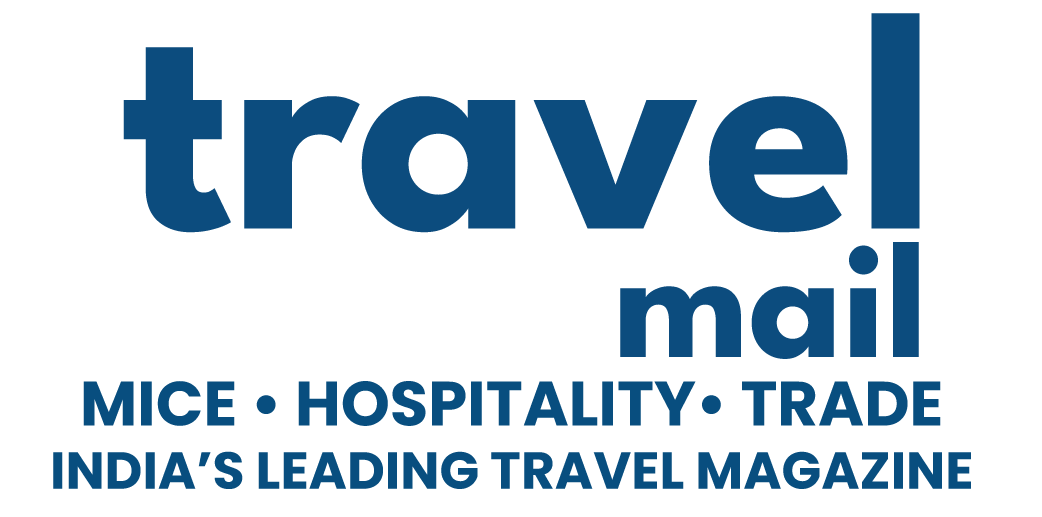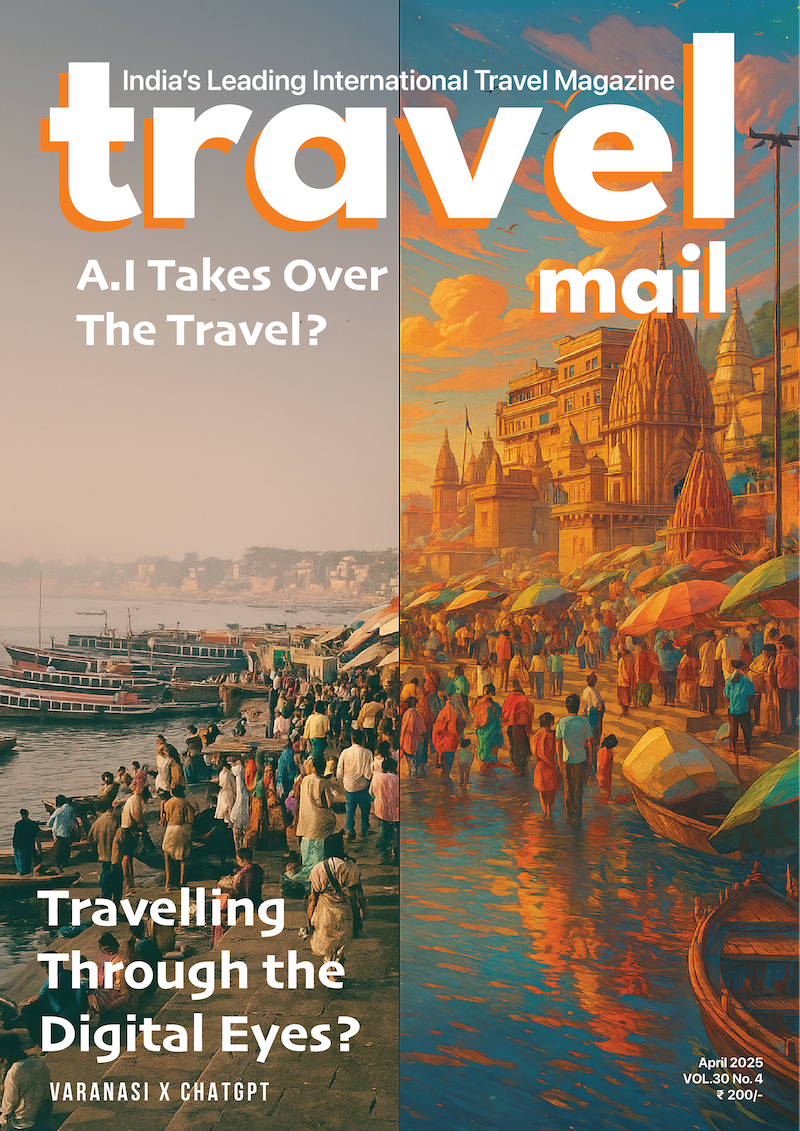Table of Contents
How do you see the role of technology evolving in shaping corporate events and MICE experiences?
Technology has moved from the backend to the spotlight. It’s no longer just a support system – it’s a powerful enabler that helps us design smoother, smarter and more connected experiences. At a recent corporate conference, we introduced a gamified engagement app that allowed attendees to earn points by exploring the venue, asking questions during sessions, participating in polls, and connecting with peers. Leaderboards were displayed in real-time on large screens across the venue, sparking healthy competition and encouraging full participation. The buzz created around these interactive touchpoints completely changed the energy of the event – attendees weren’t just present; they were actively involved, and talking about it long after the event wrapped.
Technology, when paired with intuitive planning and sharp execution, can elevate every detail of the event journey – from registration to content delivery. But the real power lies in how well it integrates with the people behind the scenes and the processes that guide them. It’s not about gadgets; it’s about intelligent design.
How is AI-driven data analysis improving event personalization and attendee engagement?
We’ve moved beyond broad strokes. At a leadership offsite, we used simple data from registrations to refine rooming lists, breakout formats, and even energizer content. One group sparked unexpected chemistry and ended up designing a team challenge that became the highlight of day two.
AI doesn’t just crunch data – it helps us listen better. When our people decode that information through human insight, personalization stops being a strategy and starts feeling like instinct.
With the growing focus on sustainability, how is SKIL incorporating eco-friendly practices into its MICE strategies?
Sustainability isn’t a theme – it’s a design principle. Our commitment begins at the concept stage. For a pan-India association event, we eliminated single-use flex and unnecessary print materials. Instead, we opted for reusable canvas branding, decor built from locally sourced elements, and community-crafted green gifting that supported artisan groups.
A recycling zone within the venue encouraged guests to discard consciously and even interact with artists, turning waste into live art. These weren’t just feel-good ideas – they were integrated into the attendee journey, subtly shaping mindset and behavior. Sustainability, when done right, doesn’t have to be loud. It just has to be intentional and inspiring.
What are the biggest challenges in executing a seamless hybrid or virtual event?
The hybrid format demands that two audiences – in-person and virtual – feel equally seen, heard, and valued. That’s easier said than done. For a multi-city leadership meet, we crafted synchronised experiences with mirrored agendas, applause cues, dual moderators, and real-time interaction prompts that made both groups feel interconnected.
What most people miss is the nuance. A virtual attendee’s attention span works differently from that of someone in the room. Our formats included stretch breaks, audience shout-outs, and AI-driven recaps to keep things lively without being forced. Success came from building a shared experience across screens and stages – not duplicating formats, but designing one holistic narrative from multiple perspectives.
How does SKIL incorporate immersive technologies like AR and VR to enhance virtual event experiences?
Immersive technology is at its best when it dissolves the barrier between the event and the individual. At a virtual product launch, attendees scanned AR codes that opened up interactive 3D displays of new products on their work desks. Another highlight was a VR-powered gallery at a global culture summit, where participants explored the evolution of a company’s brand story through a digital timeline set in a virtual museum.
These experiences weren’t just visual tricks – they were built to create memory, spark dialogue, and deepen recall. We approach AR and VR not as showpieces, but as vessels of emotion, story, and participation.
What are the key considerations when organizing MICE events across multiple locations?
Every city brings its heartbeat. For a multi-city incentive program, we didn’t replicate. We reinterpreted. In Jaipur, guests were greeted with Rajasthani folk dancers and curated local cuisine. In Guwahati, they participated in bamboo art workshops. In Goa, they explored Konkani culinary trails with live coastal music sessions.
The experiences were distinct, but the brand narrative stayed unified. Behind the scenes, our digital command hub ensured real-time visibility across sites – tracking logistics, updating schedules, and connecting teams. The secret? Respecting culture while orchestrating consistency. You have to blend the local flavor with operational finesse.
How do you ensure seamless coordination and consistency in branding and experience across different destinations?
Consistency doesn’t mean cloning. It means carrying the same essence in different forms. For a pan-regional brand campaign, we took a unifying concept and adapted it to fit each city’s architectural personality – projection-mapped entrances in Bengaluru, sensory tunnels in Hyderabad, and floating LED structures in Mumbai.
All creative assets were routed through a central cloud library, and our remote production team aligned with local vendors in real time to maintain fidelity. Every detail – from lighting temperature to font weights – was monitored. When brand identity is layered into every experience point with clarity, audiences don’t just see the brand – they feel it.
How do you handle last-minute changes or crises in large-scale MICE events?
Adaptability is our superpower. Just hours before a high-stakes 500+ guest conference, we were informed that our venue setup window had been cut by more than half. What followed was a carefully choreographed recovery. Teams were doubled. Layouts were simplified. Every deck hand knew the plan – and the backup plan.
By morning, the venue looked untouched by stress. What enabled this wasn’t luck or improvisation. It was the rehearsal mindset we carried into every event, from detailed pre-event simulations to live escalation protocols. Crises test capability, but they reveal character.
What are the most in-demand event formats or features in today’s corporate landscape?
Immersion and intention have become non-negotiable. Attendees want to feel emotionally safe, mentally stimulated, and creatively inspired. At a high-pressure sales summit, we introduced a decompression lounge with journaling pods, sensory walls, and sound therapy stations. It became the most talked-about zone.
In another leadership forum, AR-enabled name badges revealed personal anecdotes when scanned, sparking deeper conversation and instant connection. Today’s formats don’t shout for attention – they invite curiosity. The shift is toward designing experiences that people walk away from feeling enriched, not just entertained.
How do you see the future of incentive travel evolving in the corporate world?
Incentive travel is being redefined – from luxury escapes to purposeful experiences. For a fintech client, we designed a gratitude-themed offsite featuring sunrise meditations, fireside storytelling, and shared reflection journals. It was intimate, thoughtful, and far more memorable than a typical resort checklist.
As companies focus more on well-being and value alignment, we see incentive programs evolving into journeys of connection. The next wave of incentives will reward not just performance, but contribution, collaboration, and culture. These trips won’t be photo ops – they’ll be mindset shifts.
What are SKIL’s strategic priorities for the MICE segment in the coming years?
Our vision is ambitious, but grounded. We’re looking to grow across geographies, diversify our service portfolio, and invest in formats that champion creativity and conscience. This means expanding our in-house innovation lab, training next-gen talent, and building systems that scale without losing soul.
We want SKIL to be known not just as a leading event partner, but as a strategic force – one that brings together purpose, precision, and imagination. Growth, for us, is not just about size – it’s about shaping the future of the industry itself.
If you had to predict one major shift in the MICE industry over the next five years, what would it be?
We believe MICE will evolve from being schedule-driven to story-driven. The next generation of events will be less about packed itineraries and more about purposeful immersion. Association events will become think tanks. Offsites will double as creative retreats. Corporate gatherings will integrate wellness, inclusion, and lifelong learning. And the metric of success? Not just attendance, but impact. The events that will stand out won’t be the loudest or the largest – they’ll be the ones that left people transformed. That’s where SKIL aims to lead – at the intersection of inspiration and intention.
Read more at TravelMail | Follow us on Facebook | Twitter | and Instagram for on-the-go news


